Under U.S. Pressure, Panama Cracks Down
Riot police attack Indigenous communities as protests spread across Panama.
On May 20th, Panama’s riot police attacked the rural Indigenous community of Arimae, 50 miles from the Darien gap. They launched tear gas canisters, fired rubber bullets and pellet munitions, and pepper-sprayed a pregnant woman.
“There are children! Don’t shoot,” a woman shouted from her thatched-roof house. In the aftermath, many homes have burned down as multiple Indigenous villages have been invaded by Panama’s militarized Border Patrol (SENAFRONT.)
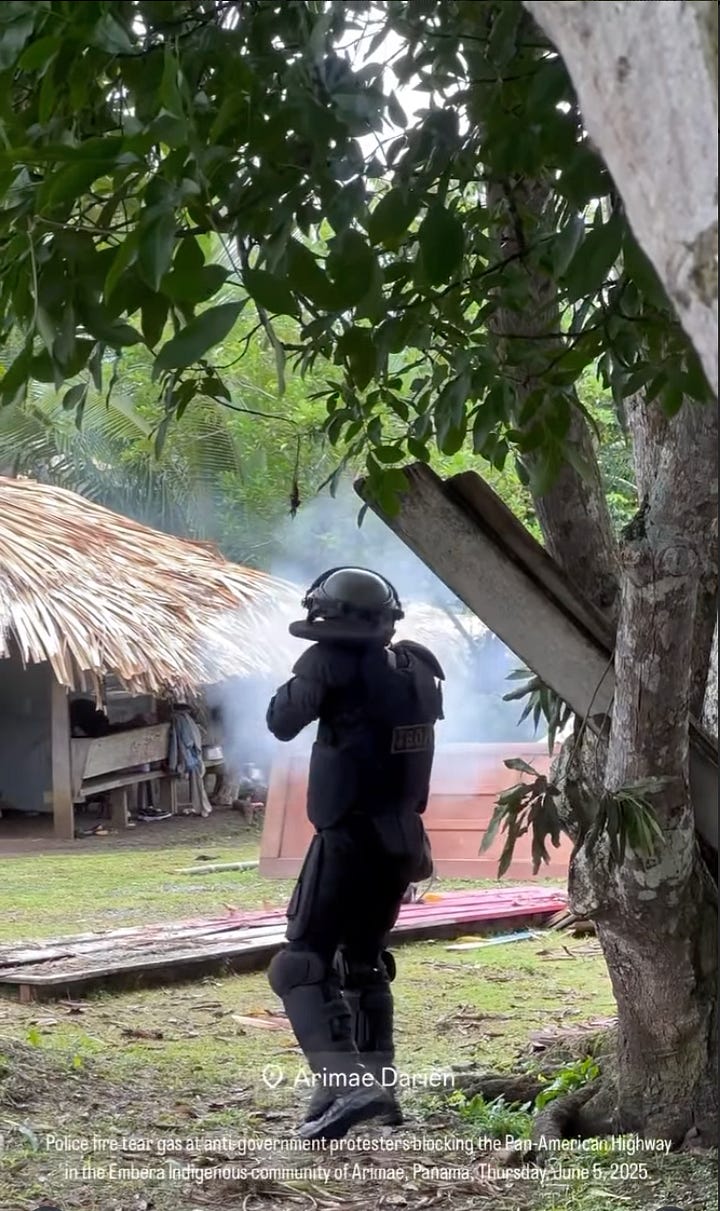
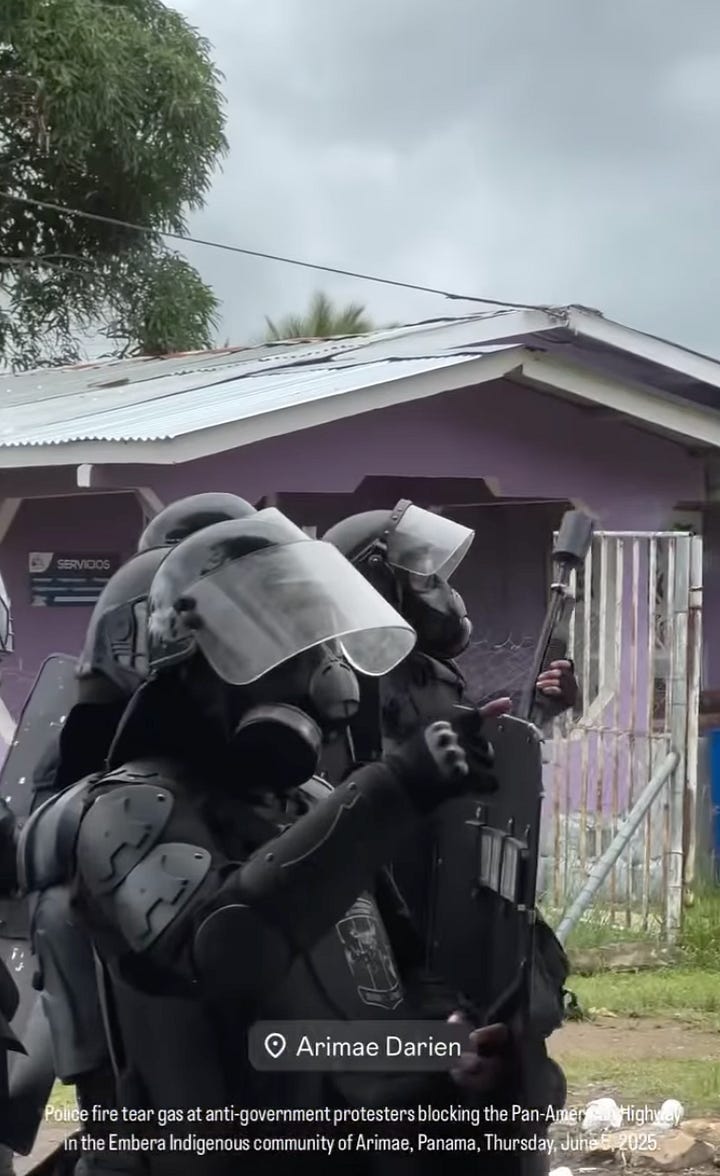
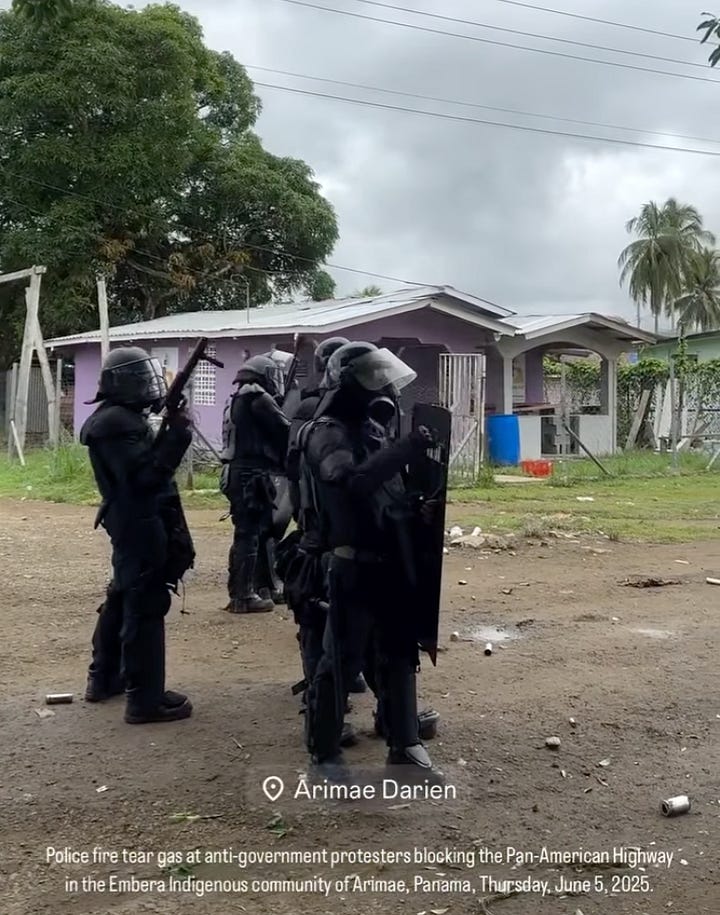
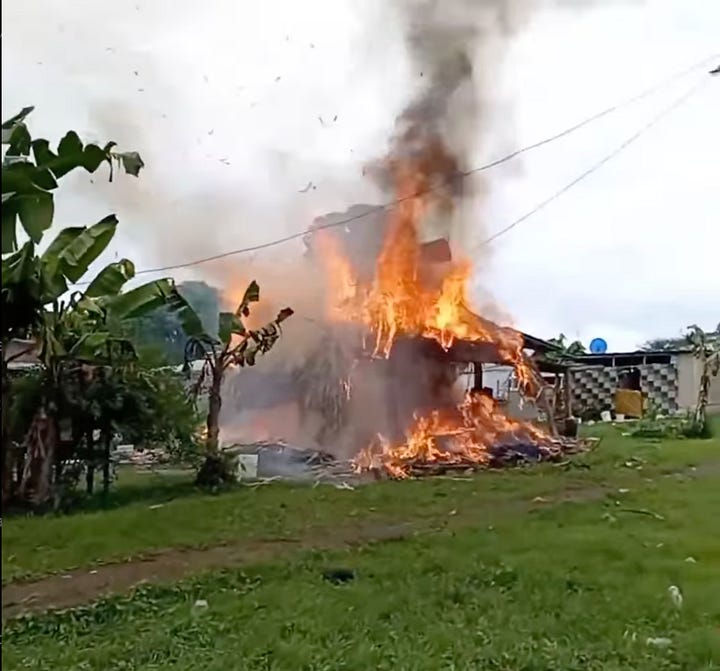
Panama has taken an authoritarian turn as the government cracks down on the protest movement that began in May. The demands of the protestors include:
The repeal of Law 462, concerning the nation’s Social Security Fund (CSS) which includes changes to the retirement age and pensions.
The repeal of a memorandum with the United States allowing US military personnel in the Panama Canal Zone and enhanced cooperation between the US military and SENAFRONT. This memorandum also allows US government ships to pass through the canal for free.
The closure of the Donoso copper mine.
The cessation of plans to build a dam on the Indio River.
The cessation of persecution and criminalization of critics of the government.
Relief from the high cost of living and economic inequality that have persisted since the COVID pandemic.
The Inter-American Highway is Panama’s main artery, spanning the length of the isthmus from the Costa Rican border to the Darien gap. By obstructing traffic, protestors exploit this vulnerability and shut down the entire country.
An alliance of Indigenous groups and labor unions, including the teachers’ union and the construction workers’ union (SUNTRACS,) successfully used this tactic in 2022 to bring the country to a standstill and the government to the negotiating table. They won concessions on Indigenous land rights and labor contracts. Again in 2023, protests successfully challenged First Quantum Minerals’ plan to open the world’s largest open-pit copper mine in the jungles of Colón and Coclé provinces.
In 2025, the protests began again and the Inter-American was blockaded. However, this time protestors were met with force. Panama’s militarized police forces including SENAFRONT, Riot Police, and the National Police cracked down violently on road blocks and Indigenous communities.
Now they have turned their attention to Almirante in the Bocas del Toro region famous for tourism, going house to house and dropping tear gas grenades through open windows. Protestors have responded by throwing rocks, fireworks, and molotov cocktails. The police escalate the situation with rubber bullets and shotgun pellets. These less-lethal munitions still cause devastating harm and can be life-threatening.
The escalating cycle of violence is a direct result of US pressure on the Panamanian government.
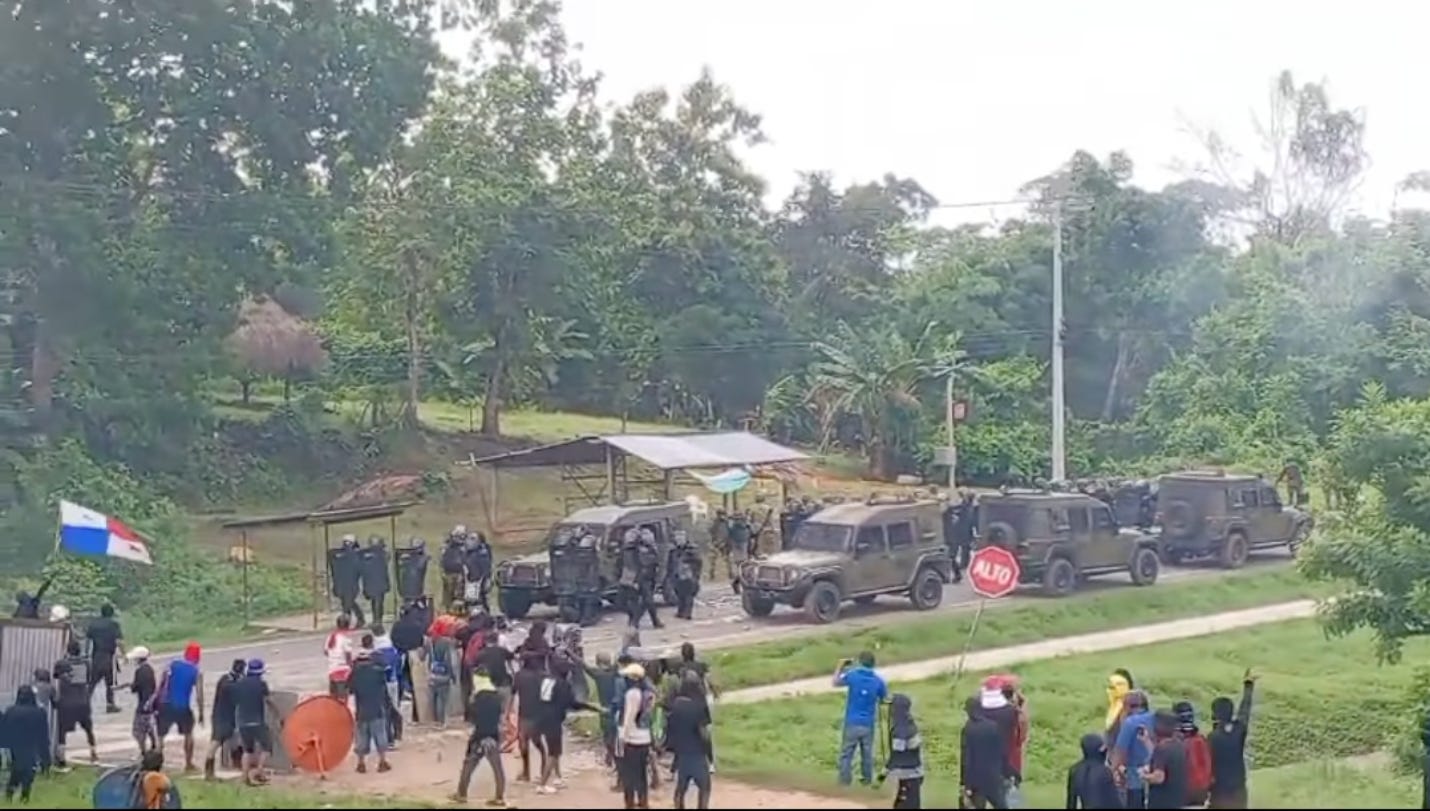
Panama is no stranger to authoritarianism and repression. The first Bush presidency saw the rise of General Manuel Noriega as Panama’s de facto military dictator. A CIA asset, he was a critical link in supplying weapons to right-wing paramilitaries in Central America supported by the US. In exchange for his cooperation, the US government looked the other way while he engaged in drug smuggling and money laundering—until it was no longer convenient, at which point Bush invaded Panama during Operation Just Cause.
The United States has always meddled in Panama’s affairs. It is not hard to understand why the Trump administration would want a pliable, right-wing authoritarian regime controlling the canal. Trump prefers dictators that he can threaten or bribe. If Panama scratches his back, maybe he won’t invade. Trump sees violence as representative of action and progress. He hasn’t taken the time to consider the complexities of the situation on the ground—much like Bush Sr. in Panama, Bush Jr. in Iraq and Afghanistan, Obama in Syria and Libya, and Trump in Iran.
The Panamanian government has been marred by corruption for decades. President José Raul Mulino of Panama took office a year ago in July, 2024. Since taking office, he has been on the receiving end of Trump’s plans to invade Panama and retake the canal. Initially, Mulino made a stand for Panamanian sovereignty. Obviously, he couldn’t withstand the pressure. By bending the knee and crushing dissent, he is able to prove to Secretary of State Marco Rubio that he is “doing something” to exert control over the Panamanian people.
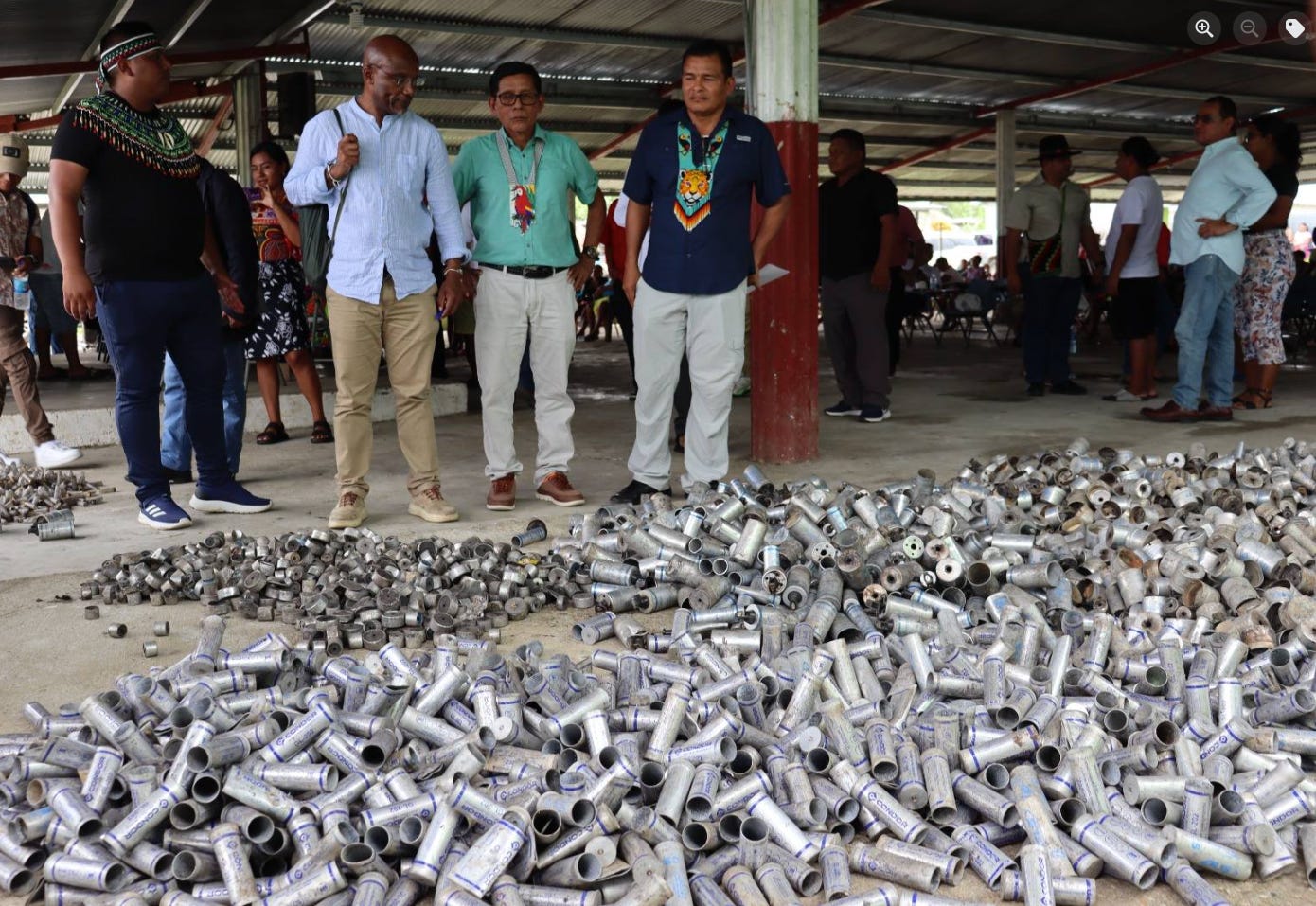
In an alternate reality, we could have deepened our alliance with Panama and worked together to resolve migration through the Darien gap and other regional problems without violence and repression. The Latin American Parliament is a beautiful abandoned building just before the Amador Causeway—a former US Military base in Panama. In six years of living in Panama, I never heard of a single event happening there. But isn’t it a beautiful idea? A multilateral organization based in Panama, run by Latin American governments, and supported by the United States where all bodies work together to solve mutual challenges.
Panama’s national motto is Pro Mundi Beneficio—for the benefit of the world. That is how they see their role on the global stage. They provide a service that has enabled the current economic status quo and lowered shipping costs for Asian, American, and European markets. The Panama Canal is not supposed to be used as a geopolitical weapon. President Carter understood this. That is part of why Trump is so disdainful of his legacy. He sees him as a “loser” who believed in the “common good.”
Panama’s Indigenous peoples are not supposed to be sacrificed on the altar of Trump and Mulino’s vanity. Their land is sovereign and sacred. The comarca territories are Indigenous land and do not belong to the Panamanian government. The recent SENAFRONT invasions of Indigenous territory are human rights violations and the Mulino government must be held accountable.
(For full coverage of developments on the ground check out @guasimomultimedia and @tvindigena on Instagram)





Cullen, thank you for shining a light on what is happening in Panama and why.